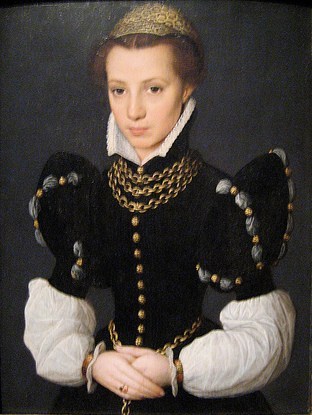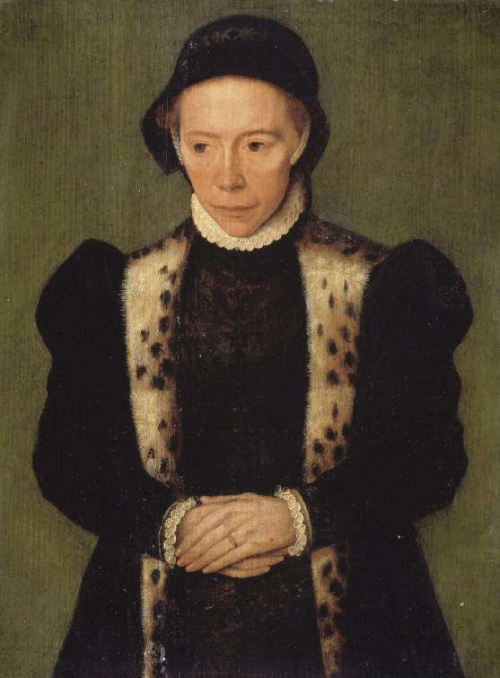catalinadetrastamara: Caterina van Hemessen (1528 - 1587) fue un pintor renacentista flamenco. Ella
catalinadetrastamara: Caterina van Hemessen (1528 - 1587) fue un pintor renacentista flamenco. Ella es el pintor flamenco más antiguo hembra para quien no es un trabajo existente verificable, y es conocido por una serie de pequeña escala retratos femeninos terminados entre finales de los años 1540 y principios de 1550. This portrait, created in 1548, shows the artist in the early stages of painting a portrait and now hangs at the Öffentliche Kunstsammlung in Basel. Other paintings by Hemessen are in the Rijksmuseum in Amsterdam and in the National Gallery, London. Varios obstáculos se puso en el camino de la mujer contemporánea que deseaban convertirse en pintores. Su formación implicaría tanto la disección de cadáveres y el estudio de la forma de desnudo masculino, mientras que el sistema de aprendizaje significa que el aspirante a artista tendría que vivir con un artista mayor de 4-5 años, a menudo a partir de la edad de 9 - 15. Por estas razones, las mujeres artistas son sumamente raros, y aquellos que no lo hacen a través eran típicamente formados por un pariente cercano, en el caso de Van Hemessen, por su padre. As with many Renaissance female painters, she was the daughter of a painter, Jan Sanders van Hemessen, who was likely her teacher. She went on to create portraits of wealthy men and women often posed against a dark background. She is best known for a self-portrait painted in Basel. She inscribed the painting with the year, 1548, and her age, 20 years. Her success is marked by her good standing in the Guild of St. Luke and her eventual position as teacher to three male students. Van Hemessen gained an important patron in the 1540s, Maria of Austria, who served as regent of the Low Countries for her brother Charles V. In 1554, she married Christian (or Chrétien) de Morien, an organist at the Antwerp Cathedral, which was at that time an important post. In 1556, when Maria resigned her post and returned to Spain, Caterina and her husband also moved, on invitation of her patron, to Spain. And two years later, when Maria died, Caterina was given a sizeable pension for life. Caterina and her husband returned to Antwerp. She was mentioned in Guicciardini’s Description of the Low Countries of 1567 as one of the living women artists. She died after 1587. She mainly created portraits characterized by realism. The sitters, often seated, were usually seen against a dark or neutral ground. This type of framing and setting made for an intimate portrait. There are no extant works later than 1554, which has led some historians to believe her artistic career might have ended after her marriage. -- source link
#renaissance belgium





